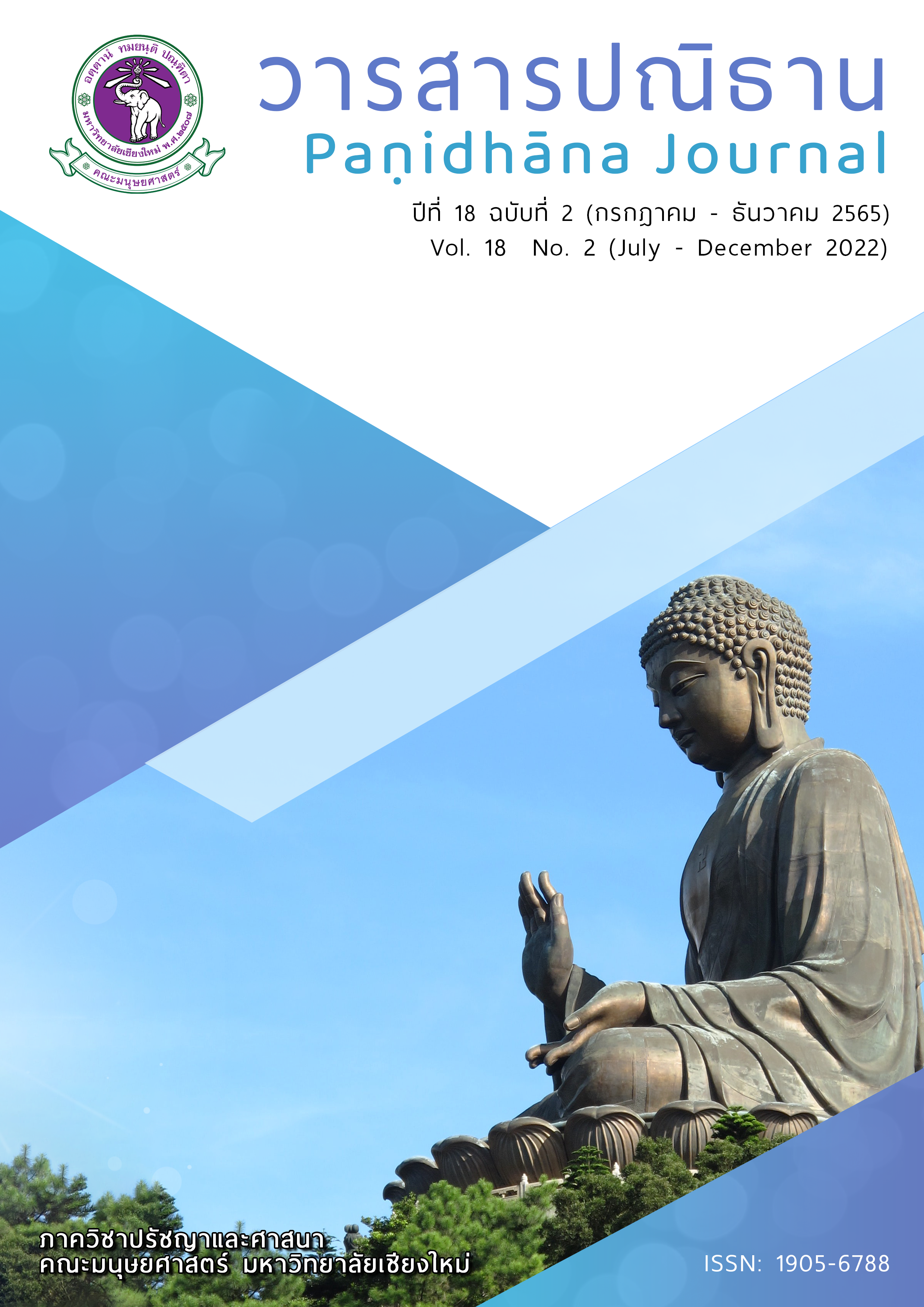Schopenhauer and the Vedanta's views on the purpose of music
Abstract
‘Schopenhauer and the Vedanta’s views on the purpose of music’, is a documentary research that attempt to research the notion of music and analyze the purpose of music on Schopenhauer and the Vedanta. According to the findings of the study, both philosophical systems believed that music could connect metaphysical truth. Schopenhauer defined music as instrumental music without words that can express the will itself through musical components. Music, on the other hand, is equated with Brahman in Vedanta because both are capable of creating things. As a result, music serves two functions in the philosophy of Schopenhauer and Vedanta. The first is an internal goal of music itself, which is to reflect the nature of metaphysical truth, Will, and Brahman. The other is that music’s external goal of being a tool of the mind process, aesthetic contemplation, and Santarasa, which leads the audience to abandon themselves and enter as unconscious meditation in order to discover the truth.
References
คมกฤช อุ่ยเต็กเค่ง. (2563). เต้นรำกับพระเจ้าด้วยความรัก วิถีแห่งเพลงดนตรี เพื่อเข้าถึงลีลาของพระเจ้าในศาสนาฮินดู. สืบค้น วันที่ 8 สิงหาคม 2565, จาก https://www.matichonweekly.com/column/article_350345
เฉลิมศักดิ์ พิกุลศรี. (2548). ดนตรีอินเดีย. กรุงเทพฯ: จุฬาลงกรณ์มหาวิทยาลัย.
พีรพล อิศรภักดี. (ม.ป.ป.). อารยธรรมอินเดีย. คณะมนุษยศาสตร์ มหาวิทยาลัยเชียงใหม่.
ไพฑูรย์ พัฒน์ใหญ่ยิ่ง. (2530). ความคิดสำคัญในปรัชญาอินเดีย. กรุงเทพฯ:โอเดียนสโตร์.
ภารตมุนี. (2541). นาฏยศาสตร์. (ประสิทธิ์ แสงทับ, ผู้แปล). กรุงเทพฯ: กรมศิลปากร.
เมินรัตน์ นวะบุศย์. (2536). ดุรียศาสตร์: การประเมินคุณค่าตามทฤษฎีสุนทรียศาสตร์ของโชเปนฮาวเออร์. (วิทยานิพนธ์ศิลปศาสตรมหาบัณฑิต สาขาวิชาปรัชญา, คณะมนุษยศาสตร์ มหาวิทยาลัยเชียงใหม่).
รุ่งเรือง บุญโญรส. (ม.ป.ป.). อุปนิษัท. เชียงใหม่: พุทธนิคม.
สุนทร ณ รังสี. (2545). ปรัชญาอินเดีย: ประวัติและลัทธิ. กรุงเทพฯ: จุฬาลงกรณ์มหาวิทยาลัย.
สมัคร บุราวาศ. (2563). วิชาปรัชญา. กรุงเทพฯ: สยามปริทัศน์.
Beck, Guy L. (2013). Sonic Liturgy Ritual and Music in Hindu Tradition. South Carolina: The University of South Carolina Press.
Costanzo, Jason M. (2020). Schopenhauer on Intuition and Proof in Mathematics. In Language, Logic, and Mathematics in Schopenhauer. Birkhauser: Springer.
Irina, Mihaela. (2006). 19th Century Music Criticism and Aesthetics: Mutual Influences. Ontario: McMaster University.
Keating, Ross. (2008). Connecting Art with Spirituality within the Indian Aesthetics of Advaita Vedanta. Studies in Spirituality, 18, 25-37.
Prajnanananda, Swami. (1960). Historical Development of Indian Music. Calcutta: Firma K. L. Mukhopadhyay.
Schopenhauer, Arthur. (2010). The World as Will and Representation (Judith Norman, Alistair Welchman, and Christopher Janaway) (first edition). United Kingdom: Cambridge University Press.
Schopenhauer, Arthur. (2017). The World as Will and Idea, in The Collected Works of Arthur Schopenhauer, trans. R.B. Haldane and J. Kemp. East Sussex: Delphi Classics.
Schopenhauer, Arthur. (2017). On the Will in Nature, in The Collected Works of Arthur Schopenhauer, trans. Mme. Karl Hillebrand. East Sussex: Delphi Classics.
Tripurari, Swami B. V. (2011). Aesthetic Vedanta: The Sacred Path of Passionate Love. California: Mandala Publishing.
Zoller, Gunter. (2010) .“Schopenhauer,” in Music in German Philosophy: An Introduction, Stefan Lorenz Sorgner and Oliver Furbeth, editor . Chicago: The University of Chicago Press.
Downloads
Published
How to Cite
Issue
Section
License
Copyright (c) 2022 PAṆIDHĀNA JOURNAL

This work is licensed under a Creative Commons Attribution-NonCommercial-NoDerivatives 4.0 International License.
Copyright of article published in Panidhana Journal is owned by "Panidhana" and its licensors
You may request permission to use the copyright materials on this website by writing to journalphilrecmu@gmail.com






